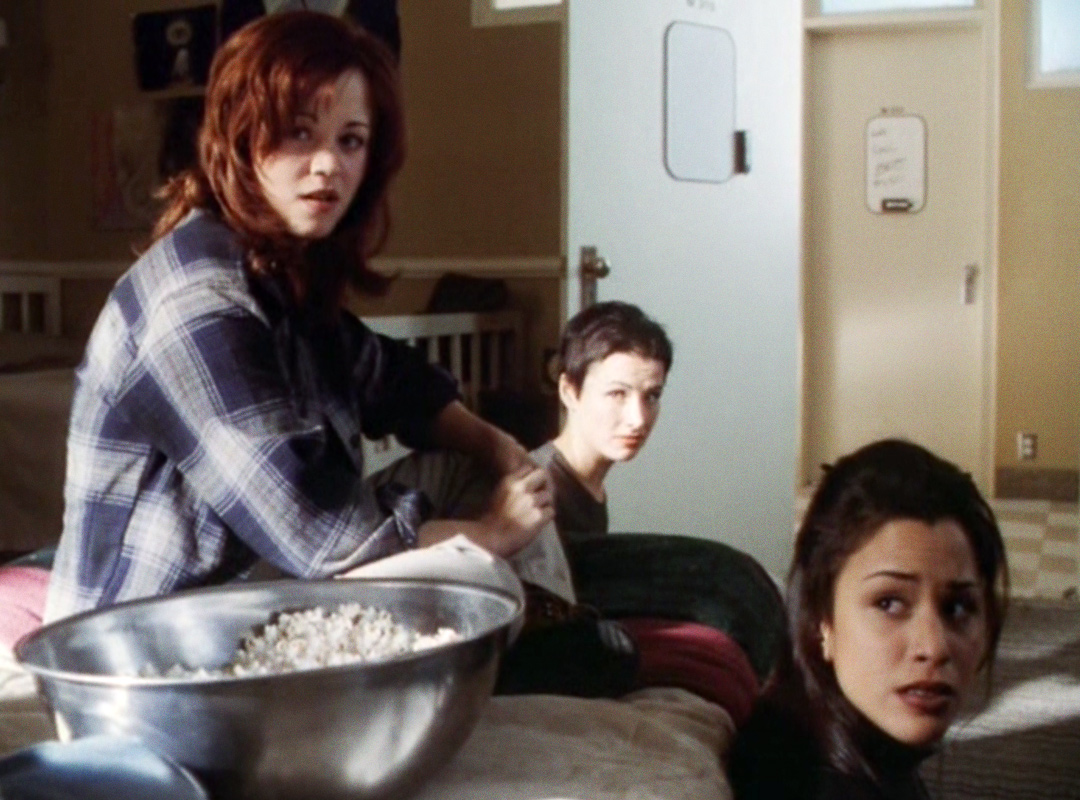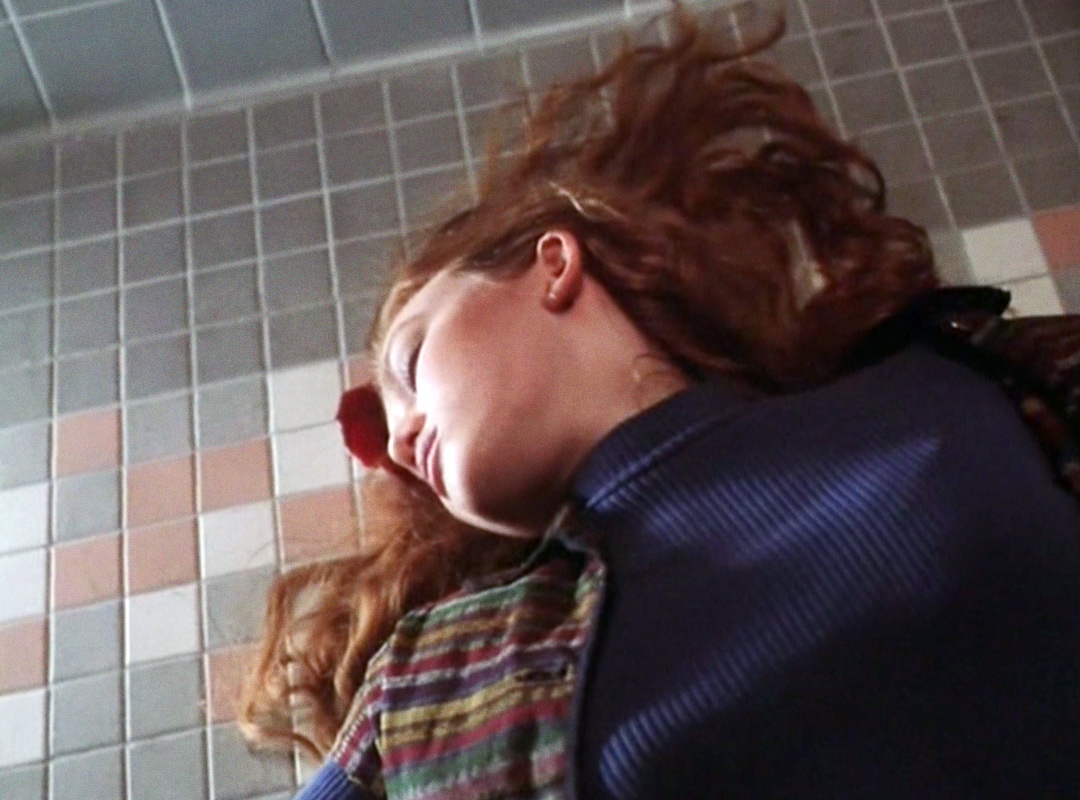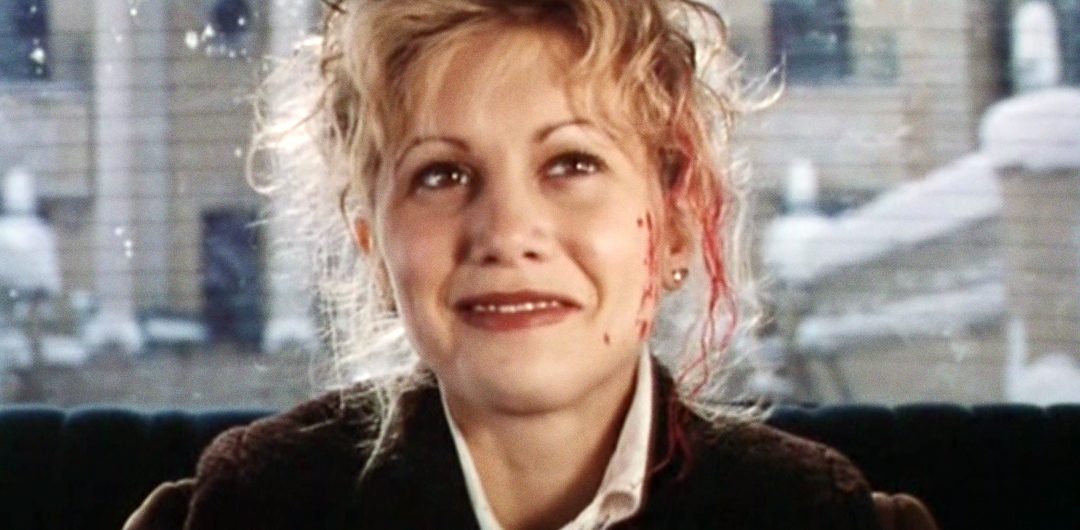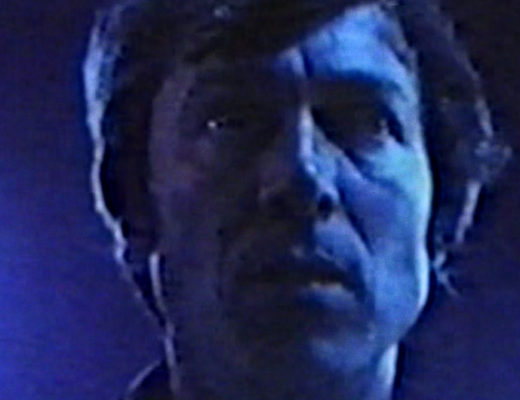There’s a career trajectory for teen stars that feels familiar at this point: A popular family sitcom finally ends long past its expiration date, and its young stars clamor for the second act of their careers. These actors desperately try to divorce themselves from the characters they inhabited for way too many seasons and end up taking roles that are the polar opposite of what they were known for on network television. So this means playing adulterers, murderers, swindlers, working girls, cokeheads, and various ne’er-do-wells in a futile attempt to shed their image. But let’s face it, no matter what they do, they’ll always be known as that brainy sister or that whiny brother or that annoying neighbor with the highly irritating catchphrase or the class president with an addiction to caffeine pills. Ultimately they all return to the small screen, starring in movies on Lifetime or the Hallmark Channel. They hope this can lead to a successful career reboot, maybe even a run for the big screen, but it doesn’t. Somewhere in all of this, there’s a personal unraveling on display: drunk driving, drug addiction, eating disorder, fundamental Christianity, anti-vaxxing, unfortunate political rants. Eventually they fade away, and decades later, they pop up on Dancing with the Stars. Nostalgia is stoked, but it doesn’t lead anywhere and that’s why you can find these aging child stars at conventions hosted in a Best Western near a regional airport. Half of them have podcasts. There are exceptions to this rule, of course. But for every Jason Bateman and Ron Howard, you have, like, literally every other child star, including the ones named Corey.
In 1996, Tracey Gold was four years off of Growing Pains and still trying to extricate herself from Carol Seaver and battling anorexia. Turns out, America’s favorite middle sister had some demons. Cue Face of Evil.
On the night before her wedding, a seemingly sweet woman (Gold) skips town with the diamond rings, attacks a girl in a bathroom, and shoves the body in a suitcase. Remember the golden days of air travel when you could just gate-check a suitcase with a dead body in it? I certainly do. Our heroine ends up in New Hampshire and assumes the identity of her victim, who just happens to be a violin student at a fancy private school. She then stays at the college because that just makes sense. Now she’s hitting on her roommate’s rich dad and making everyone feel uncomfortable. A scheme is being hatched. An ice pick is wielded. You know who uses an ice pick? Murderers, that’s who.
But also painters.
The mysterious murderer, who now goes by Brianne, paints “powerful” pieces, such as screaming faces, writhing nudes, and a woman’s body crammed into a box. They are described as “sinister elegance” which is also the name of my new fragrance. Where does she get these ideas? We’ll never know. “When I paint I deal with forces outside of my rational control.” You know who else deals with forces out of rational control? Murderers, that’s who.
Now there are sulfuric acid-laced eye drops, a broken pinkie, and many glasses of white wine. Also manipulation, seduction, a nest of lies, tears, a slashed canvas, and red paint. A ponytail gets cut off. But don’t fret, this ponytail belongs to a grown-ass man.
Face of Evil is classic made-for-tv fare, meaning it’s a bucket of KFC, a two-liter of Mountain Dew, a dozen Dunkin’ Donuts, and that thing at Taco Bell where the taco shell is made out of Doritos. This is all inhaled in one sitting without regrets; it’s a high caloric feast filled with everything bad for you that is everything good for you. It’s melodramatic trash at its finest, and from start to finish, it’s an absolute delight. I guffawed, I cringed, I hollered with reckless abandon. Like Nightscream, watching a teen star try to shed their good girl reputation is magic that cannot be contained. As you watch, you just can’t believe this aired on CBS. Must-see TV indeed.
Before taking on Face of Evil, Mary Lambert had directed Pet Sematary and a slew of iconic music videos. In particular, she directed Madonna’s “Like a Prayer,” “La Isla Bonita,” and “Like a Virgin,” and Janet Jackson’s “Nasty Girl” and “Control.” If there was one director who could transform Tracey Gold into a femme fatale sexpot, it was Lambert. But the power of Carol Seaver was much too great, even for this seasoned director. So what we end up with are scenes of seduction that really feel like you’re watching your older sister get it on with your best friend’s dad, which is exactly what happens in Face of Evil.
“When it all comes down to it, all we are is energy.”
This is the renewable energy we need.






